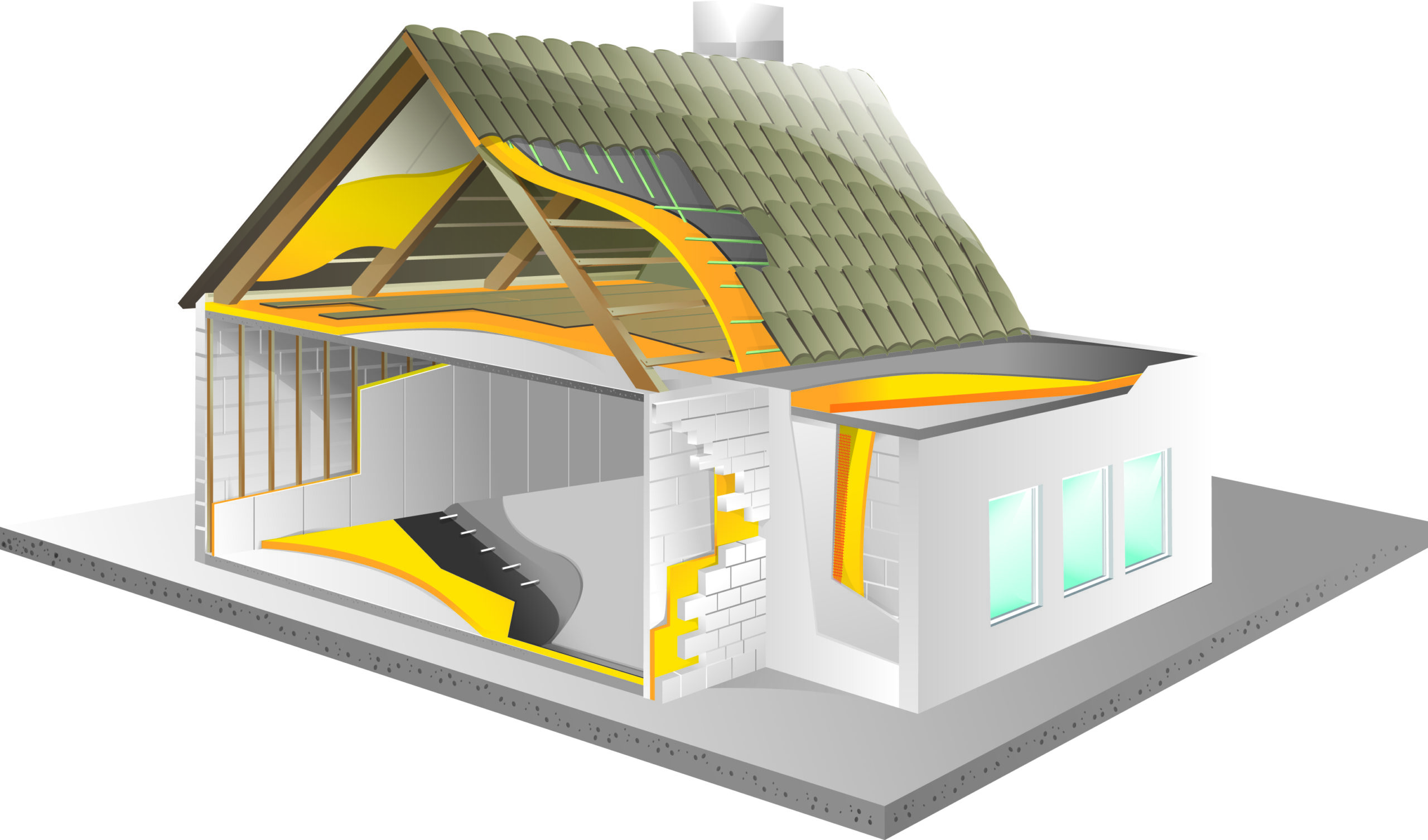A much greater understanding of material science and the behaviour and use of construction products is essential for buildings to meet all of the necessary criteria that is demanded of them.
Many essential construction products are combustible and continue to be used safely and successfully in the construction industry as they have been for many years. This includes many organic and natural products which have an important role to play despite being combustible.
The term combustible is often confused with the word flammable, but there is an important distinction between these two terms, which mistakenly have become interchangeable as products can be combustible but not flammable.



